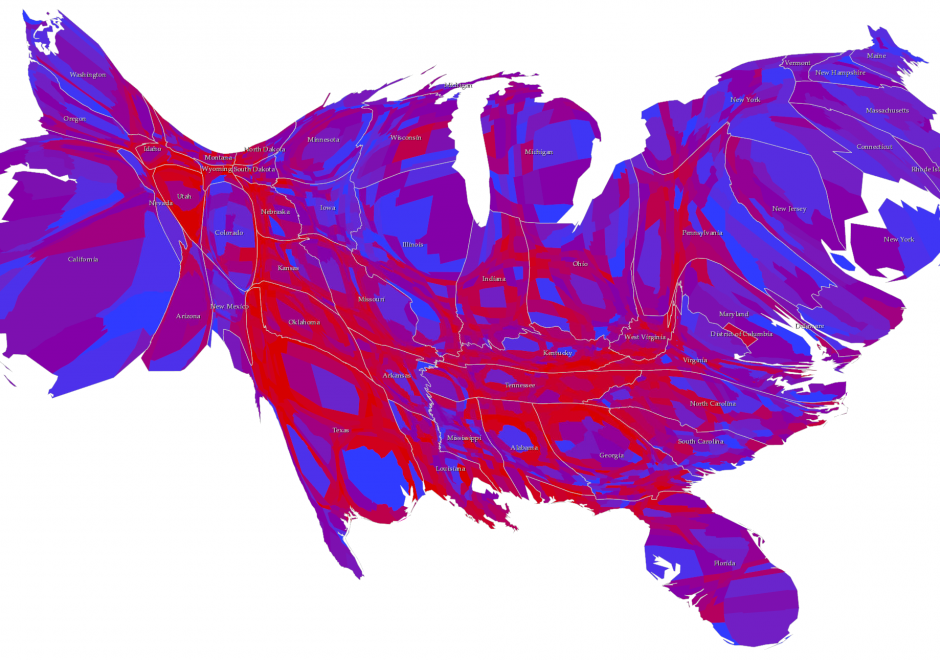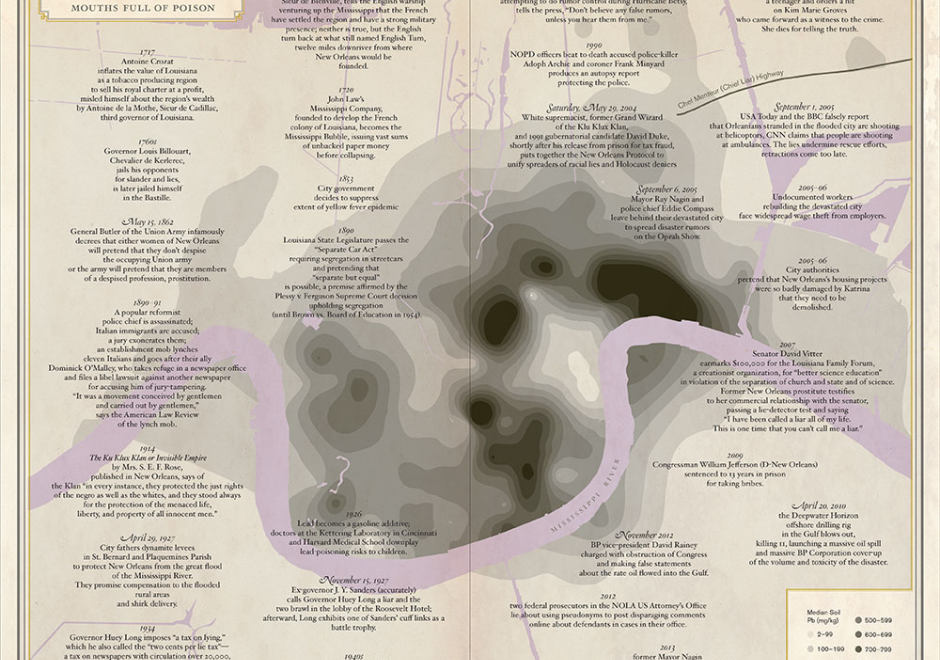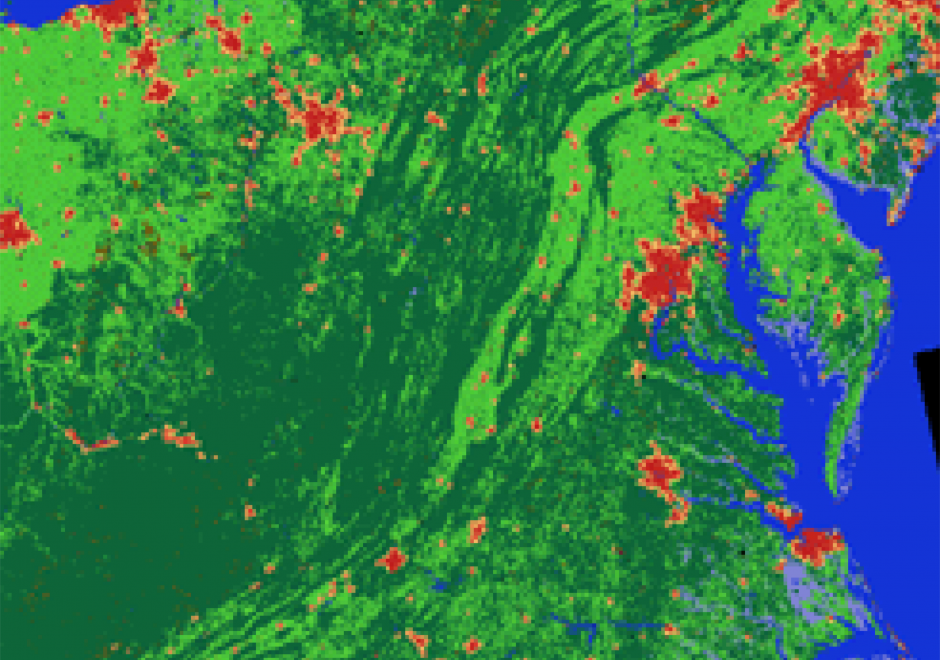KE-10 - Capital: facilities and equipment

- Identify the hardware and space that will be needed for a GIS implementation
- Compare and contrast the relative merits of housing GISs within IT (information technology) and MIS (management information system) facilities versus keeping them separate
- Collaborate effectively with various units in an institution to develop efficient hardware and space solutions
- Hypothesize the ways in which capital needs for GIS may change in the future





AM-15 - Calculating surface derivatives